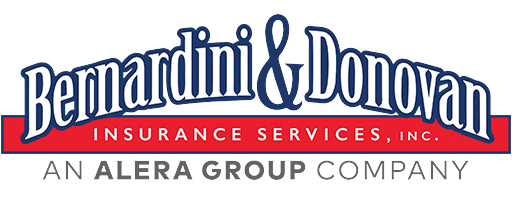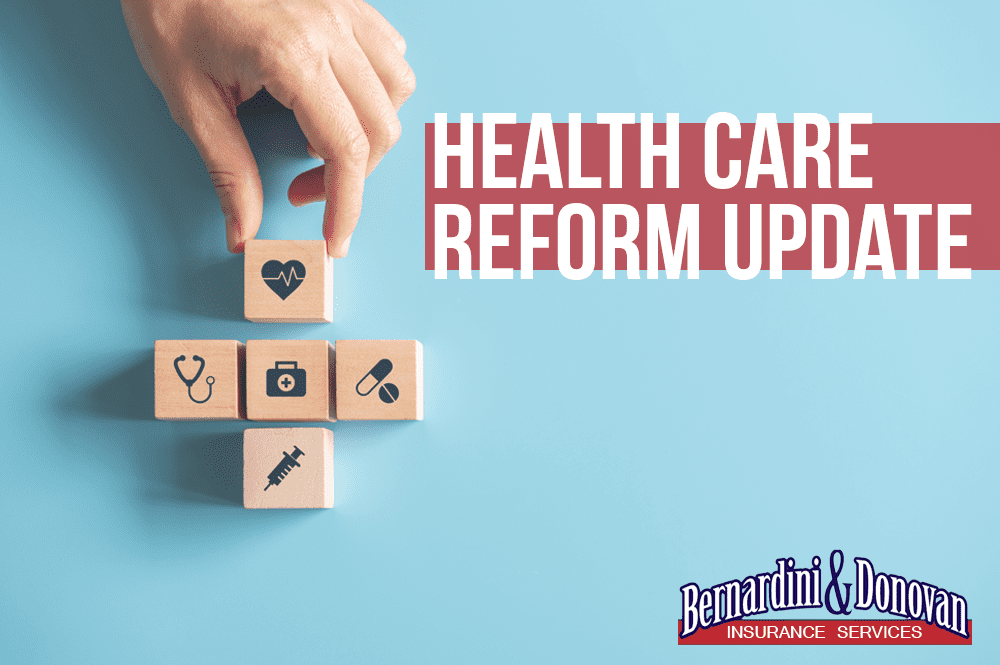 Taking a look at the nation’s healthcare agenda for 2021
Taking a look at the nation’s healthcare agenda for 2021
New healthcare plans are underway as we inch into completing the first quarter of 2021. An executive order was recently signed that will direct the federal government to open a special enrollment period from February 15 to May 15 for Affordable Care Act (ACA) exchanges that serve 36 states.
According to Forbes, this measure is designed to boost coverage for people who are uninsured. The goal of the upcoming healthcare agenda is to improve people’s access to health insurance.
The key pillars of the 2021 healthcare agenda include:
-
Fortifying the ACA, which includes augmenting the law with a public option;
-
Expanding ACA for lower-income Americans in non-Medicaid expansion states;
-
Introducing legislation on Medicare for More;
-
Revitalizing public health.
More details about efforts to support the ACA can be found here.
Why the ACA is still significant to us, and why it’s still under attack today.
On March 23, 2010, the Affordable Care Act was signed into law, allowing over 100 million people to not have to worry that an insurance company will deny coverage or charge higher premiums just because they have a pre-existing condition – whether cancer or diabetes or heart disease or a mental health challenge.
While over the last decade, the Affordable Care Act has been under relentless attack for various reasons, efforts are being made to protect the Affordable Care Act from these continued attacks in the following ways:
-
Fortifying the ACA, which includes augmenting the law with a public option.
Instead of starting from scratch and getting rid of private insurance, the plan is to build on the Affordable Care Act by giving Americans more choice, reducing health care costs, and making our health care system less complex to navigate
-
Expanding ACA for lower-income Americans in non-Medicaid expansion states.
The prospect that health protections could extend to millions of uninsured Americans is being raised. As the Covid-19 pandemic saps state budgets and strains safety nets, the opportunity arises. The goal is to break the Medicaid deadlock in the 12 states that have rejected federal funding made available by the Affordable Care Act.
While this is not an overnight procedure, there are significant opportunities for the remaining states to embrace the Medicaid expansion.
Key to these potential compromises will likely be federal sign off on conservative versions of Medicaid expansion, such as limits on who qualifies for the program or more federal funding.
Read more about the efforts that are being made to expand Medicaid here.
-
Introducing legislation on Medicare for More.
Unlike the Medicare for All approach that would abolish private health insurance and provide universal access to all Americans, regardless of age, Medicare for More builds incrementally on the existing framework of both Medicare and the Affordable Care Act (ACA), and aims to close current gaps in access to healthcare insurance.
This version of Medicare for More is narrower, as it would permit people aged 60 to 64 to enroll in Medicare. Premium and cost-sharing subsidies would be offered to lower-income beneficiaries. As a result, approximately 20 million more Americans would be eligible for Medicare. Enrolling in Medicare would be voluntary. Employers would be prohibited from dropping newly Medicare-eligible persons from their plans.
There is an increased likelihood for a pragmatic approach that combines Medicare for More, introduction of a public option, and reinforcement of the Affordable Care Act (ACA).
Learn more about the Medicare approach here.
-
Revitalizing public health.
In January, the National Strategy for the COVID-19 Response and Pandemic Preparedness was released. The plan builds on the previously announced vaccine distribution plan and the American Rescue Plan, and is organized across seven goals, namely, efforts to get the pandemic under control so Americans can inch into a safer future moving forward.
Some of those goals are listed below:
-
Mount a safe, effective, and comprehensive vaccination campaign;
-
Mitigate spread through expanding masking, testing, treatments, data, healthcare workforce, and clear public health standards;
-
Safely reopen schools, businesses, and travel while protecting workers;
For a more comprehensive list on the plan to revitalize public health, read here.


